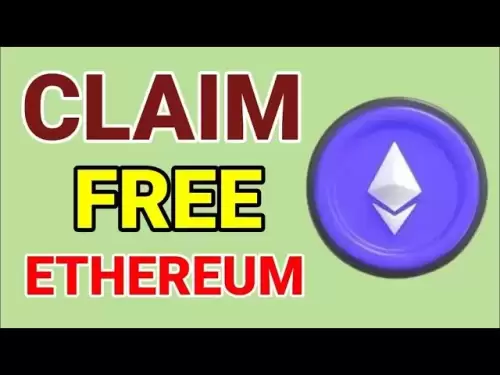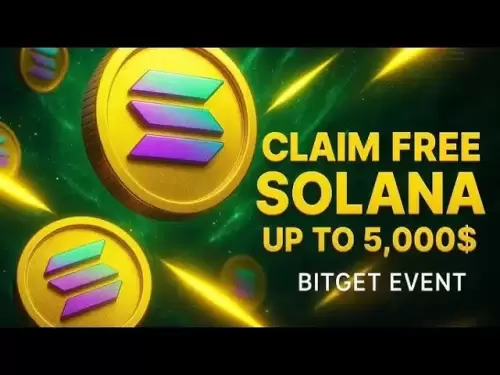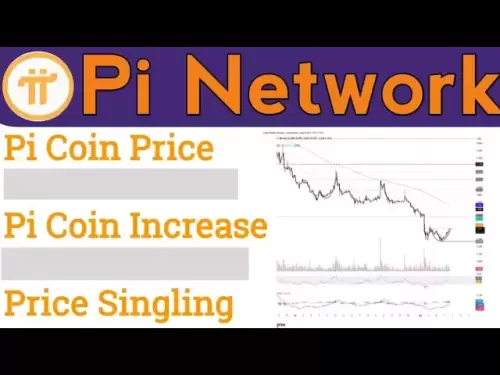-
 Bitcoin
Bitcoin $116900
0.00% -
 Ethereum
Ethereum $4280
5.48% -
 XRP
XRP $3.265
-1.45% -
 Tether USDt
Tether USDt $1.000
-0.01% -
 BNB
BNB $807.0
1.41% -
 Solana
Solana $183.1
2.93% -
 USDC
USDC $0.9999
0.00% -
 Dogecoin
Dogecoin $0.2440
6.50% -
 TRON
TRON $0.3357
-0.88% -
 Cardano
Cardano $0.8178
2.63% -
 Hyperliquid
Hyperliquid $44.13
7.45% -
 Chainlink
Chainlink $21.39
9.09% -
 Stellar
Stellar $0.4524
-0.84% -
 Sui
Sui $3.957
2.13% -
 Bitcoin Cash
Bitcoin Cash $572.7
-2.54% -
 Hedera
Hedera $0.2671
1.54% -
 Avalanche
Avalanche $24.77
4.17% -
 Ethena USDe
Ethena USDe $1.001
0.02% -
 Litecoin
Litecoin $122.3
-1.94% -
 Toncoin
Toncoin $3.432
2.26% -
 UNUS SED LEO
UNUS SED LEO $9.007
0.49% -
 Shiba Inu
Shiba Inu $0.00001396
5.26% -
 Uniswap
Uniswap $11.09
1.64% -
 Polkadot
Polkadot $4.155
4.57% -
 Dai
Dai $1.000
0.00% -
 Pepe
Pepe $0.00001253
5.11% -
 Cronos
Cronos $0.1588
2.67% -
 Bitget Token
Bitget Token $4.512
0.05% -
 Monero
Monero $275.0
0.64% -
 Ethena
Ethena $0.7527
15.10%
How to trade KAIA contracts? What is the difference between delivery and perpetual contracts?
KAIA contracts offer trading in delivery and perpetual types; delivery has an expiration, perpetual doesn't and uses funding to track spot price.
May 07, 2025 at 01:50 pm
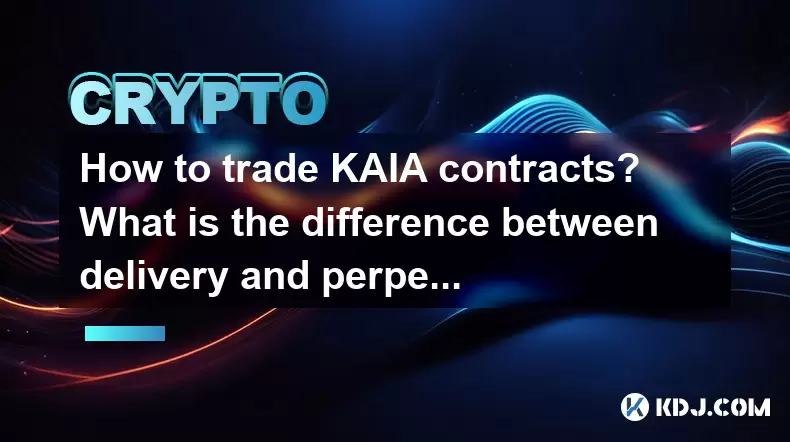
Trading KAIA contracts can be an exciting way to engage with the cryptocurrency market, offering opportunities for both short-term gains and long-term strategies. Before delving into the specifics of trading KAIA contracts, it's important to understand the two main types of contracts available: delivery and perpetual contracts. Each type has its unique features and implications for traders, which we will explore in detail.
Understanding KAIA Contracts
KAIA contracts are financial derivatives that allow traders to speculate on the future price movements of KAIA, a cryptocurrency. These contracts can be traded on various cryptocurrency exchanges that support futures trading. The key to successful trading lies in understanding the mechanics of these contracts and the strategies that can be employed to maximize returns while managing risks.
Types of KAIA Contracts: Delivery vs. Perpetual
There are two primary types of KAIA contracts: delivery contracts and perpetual contracts. Each type serves different purposes and offers different trading experiences.
Delivery Contracts
Delivery contracts, also known as traditional futures contracts, are agreements to buy or sell a specific amount of KAIA at a predetermined price on a specific future date. These contracts have a fixed expiration date, at which point the contract must be settled either by physical delivery of the underlying asset or by cash settlement.
- Trading Delivery Contracts: To trade delivery contracts, you need to follow these steps:
- Choose a reputable exchange that offers KAIA delivery contracts.
- Open an account and complete the necessary verification processes.
- Deposit funds into your account to cover the margin requirements.
- Navigate to the futures trading section and select KAIA delivery contracts.
- Choose your contract based on the expiration date and the price you are willing to trade at.
- Place your order (buy or sell) and monitor your position until the expiration date.
- Settle the contract at expiration, either by taking delivery of KAIA or settling in cash.
Perpetual Contracts
Perpetual contracts, on the other hand, do not have an expiration date. They are designed to mimic the price movements of the underlying asset indefinitely. These contracts use a funding mechanism to ensure that their price remains closely aligned with the spot price of KAIA.
- Trading Perpetual Contracts: Trading perpetual contracts involves the following steps:
- Select an exchange that supports KAIA perpetual contracts.
- Register and verify your account to start trading.
- Fund your account with the required margin.
- Access the perpetual trading section and choose KAIA perpetual contracts.
- Analyze the market and decide on your trading strategy.
- Execute your trade by placing a buy or sell order.
- Monitor the funding rate and adjust your position accordingly to manage the funding payments.
Key Differences Between Delivery and Perpetual Contracts
Understanding the differences between delivery and perpetual contracts is crucial for making informed trading decisions.
- Expiration Date: Delivery contracts have a fixed expiration date, while perpetual contracts do not expire.
- Settlement: Delivery contracts are settled at expiration, either through physical delivery or cash settlement. Perpetual contracts are settled continuously through the funding mechanism.
- Funding Mechanism: Perpetual contracts use a funding mechanism to align their price with the spot price of KAIA. Delivery contracts do not have this mechanism.
- Trading Strategy: Delivery contracts are often used for hedging or long-term speculation, while perpetual contracts are more suited for short-term trading and leverage.
Strategies for Trading KAIA Contracts
Effective trading strategies can help you navigate the complexities of KAIA contracts and achieve your financial goals.
- Hedging: Use delivery contracts to hedge against potential price fluctuations in KAIA. For example, if you hold a significant amount of KAIA and are concerned about a price drop, you can sell delivery contracts to lock in a future selling price.
- Speculation: Both delivery and perpetual contracts can be used for speculation. If you believe the price of KAIA will rise, you can buy contracts to profit from the increase. Conversely, if you expect a price drop, you can sell contracts to profit from the decline.
- Arbitrage: Perpetual contracts offer opportunities for arbitrage due to the funding mechanism. If the funding rate is high, you can buy the perpetual contract and sell the spot KAIA to profit from the funding payments.
- Leverage: Perpetual contracts allow for higher leverage, which can amplify both gains and losses. Use leverage cautiously and with a clear risk management strategy.
Risk Management in KAIA Contract Trading
Managing risk is essential when trading KAIA contracts, as the cryptocurrency market can be highly volatile.
- Set Stop-Loss Orders: Use stop-loss orders to limit potential losses. For example, if you buy a KAIA contract at $100, you can set a stop-loss order at $90 to automatically sell the contract if the price drops to that level.
- Diversify Your Portfolio: Avoid putting all your funds into a single type of contract or a single cryptocurrency. Diversify your investments to spread the risk.
- Monitor Market Conditions: Stay informed about market trends and news that could affect KAIA prices. Regularly monitor your positions and be prepared to adjust your strategy as needed.
- Understand Margin Requirements: Be aware of the margin requirements for trading KAIA contracts. Ensure you have sufficient funds in your account to cover potential margin calls.
Frequently Asked Questions
Q: Can I trade KAIA contracts on any cryptocurrency exchange?
A: No, not all cryptocurrency exchanges offer KAIA contracts. You need to choose an exchange that specifically supports KAIA futures trading, such as Binance or OKEx.
Q: What is the minimum amount required to start trading KAIA contracts?
A: The minimum amount required varies depending on the exchange and the type of contract. For example, some exchanges may require a minimum of $10 to start trading perpetual contracts, while others may have higher requirements for delivery contracts.
Q: How often do I need to pay the funding rate for perpetual contracts?
A: The funding rate for perpetual contracts is typically paid every 8 hours, though this can vary depending on the exchange. It's important to monitor the funding rate and adjust your positions accordingly.
Q: Can I convert my perpetual contract to a delivery contract?
A: No, perpetual contracts and delivery contracts are distinct financial instruments and cannot be converted from one to the other. You would need to close your perpetual contract position and open a new delivery contract if you wish to switch.
Disclaimer:info@kdj.com
The information provided is not trading advice. kdj.com does not assume any responsibility for any investments made based on the information provided in this article. Cryptocurrencies are highly volatile and it is highly recommended that you invest with caution after thorough research!
If you believe that the content used on this website infringes your copyright, please contact us immediately (info@kdj.com) and we will delete it promptly.
- Shiba Inu, Pepe, and Remittix: A Tale of Memes, Hype, and Real-World Utility
- 2025-08-10 08:30:12
- Ethereum Price, ETH Tokens, Rally Prediction: Is a New All-Time High In Sight?
- 2025-08-10 08:30:12
- XRP, Elon Musk, and Wealth: A Crypto Conundrum
- 2025-08-10 08:50:12
- Retire Early with Crypto: High-Conviction Plays Beyond Bitcoin
- 2025-08-10 08:50:12
- BlockDAG, Render, and Polkadot: Charting the Course for Long-Term Crypto Dominance
- 2025-08-10 08:55:21
- Toncoin's Ascent: Price Predictions and the VERB Strategy Impact
- 2025-08-10 08:55:21
Related knowledge

How to purchase Aragon (ANT)?
Aug 09,2025 at 11:56pm
Understanding Aragon (ANT) and Its PurposeAragon (ANT) is a decentralized governance token that powers the Aragon Network, a platform built on the Eth...

Where can I buy UMA (UMA)?
Aug 07,2025 at 06:42pm
Understanding UMA and Its Role in Decentralized FinanceUMA (Universal Market Access) is an Ethereum-based decentralized finance (DeFi) protocol design...

How to buy Storj (STORJ) tokens?
Aug 09,2025 at 07:28am
Understanding Storj (STORJ) and Its Role in Decentralized StorageStorj is a decentralized cloud storage platform that leverages blockchain technology ...
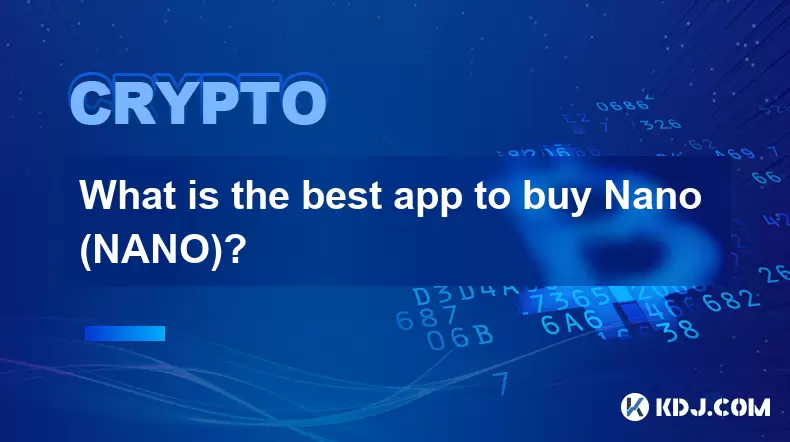
What is the best app to buy Nano (NANO)?
Aug 09,2025 at 03:35am
Understanding Nano (NANO) and Its Unique FeaturesNano is a feeless, instant cryptocurrency designed for fast peer-to-peer transactions. Unlike many ot...
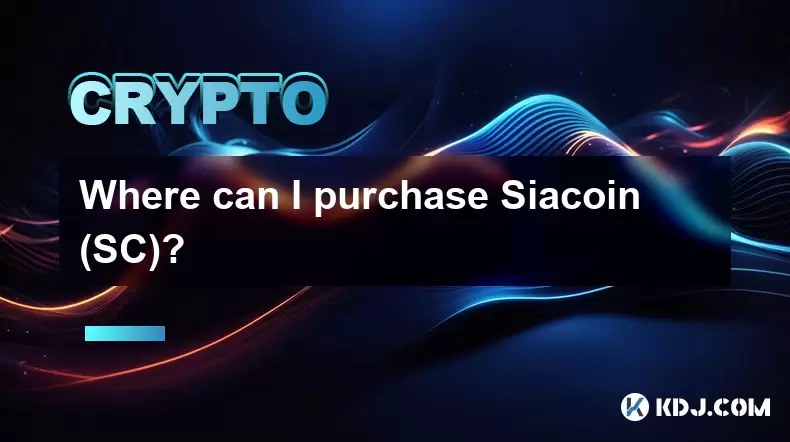
Where can I purchase Siacoin (SC)?
Aug 08,2025 at 11:14am
Understanding Siacoin (SC) and Its Role in the Sia NetworkSiacoin (SC) is the native cryptocurrency of the Sia decentralized cloud storage platform, a...
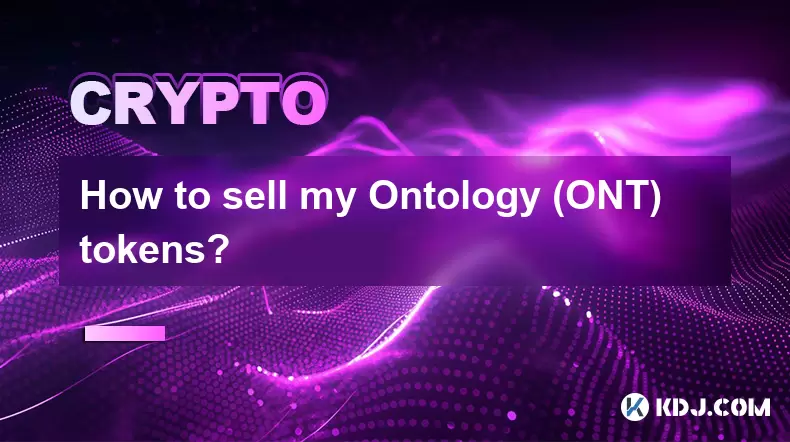
How to sell my Ontology (ONT) tokens?
Aug 09,2025 at 06:08pm
Understanding Ontology (ONT) and Its Trading EcosystemBefore selling your Ontology (ONT) tokens, it's essential to understand the nature of the crypto...

How to purchase Aragon (ANT)?
Aug 09,2025 at 11:56pm
Understanding Aragon (ANT) and Its PurposeAragon (ANT) is a decentralized governance token that powers the Aragon Network, a platform built on the Eth...

Where can I buy UMA (UMA)?
Aug 07,2025 at 06:42pm
Understanding UMA and Its Role in Decentralized FinanceUMA (Universal Market Access) is an Ethereum-based decentralized finance (DeFi) protocol design...

How to buy Storj (STORJ) tokens?
Aug 09,2025 at 07:28am
Understanding Storj (STORJ) and Its Role in Decentralized StorageStorj is a decentralized cloud storage platform that leverages blockchain technology ...

What is the best app to buy Nano (NANO)?
Aug 09,2025 at 03:35am
Understanding Nano (NANO) and Its Unique FeaturesNano is a feeless, instant cryptocurrency designed for fast peer-to-peer transactions. Unlike many ot...

Where can I purchase Siacoin (SC)?
Aug 08,2025 at 11:14am
Understanding Siacoin (SC) and Its Role in the Sia NetworkSiacoin (SC) is the native cryptocurrency of the Sia decentralized cloud storage platform, a...

How to sell my Ontology (ONT) tokens?
Aug 09,2025 at 06:08pm
Understanding Ontology (ONT) and Its Trading EcosystemBefore selling your Ontology (ONT) tokens, it's essential to understand the nature of the crypto...
See all articles





















